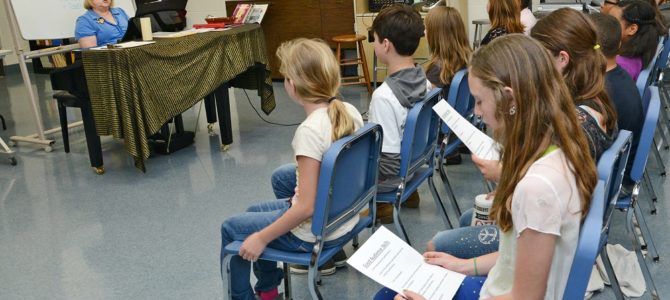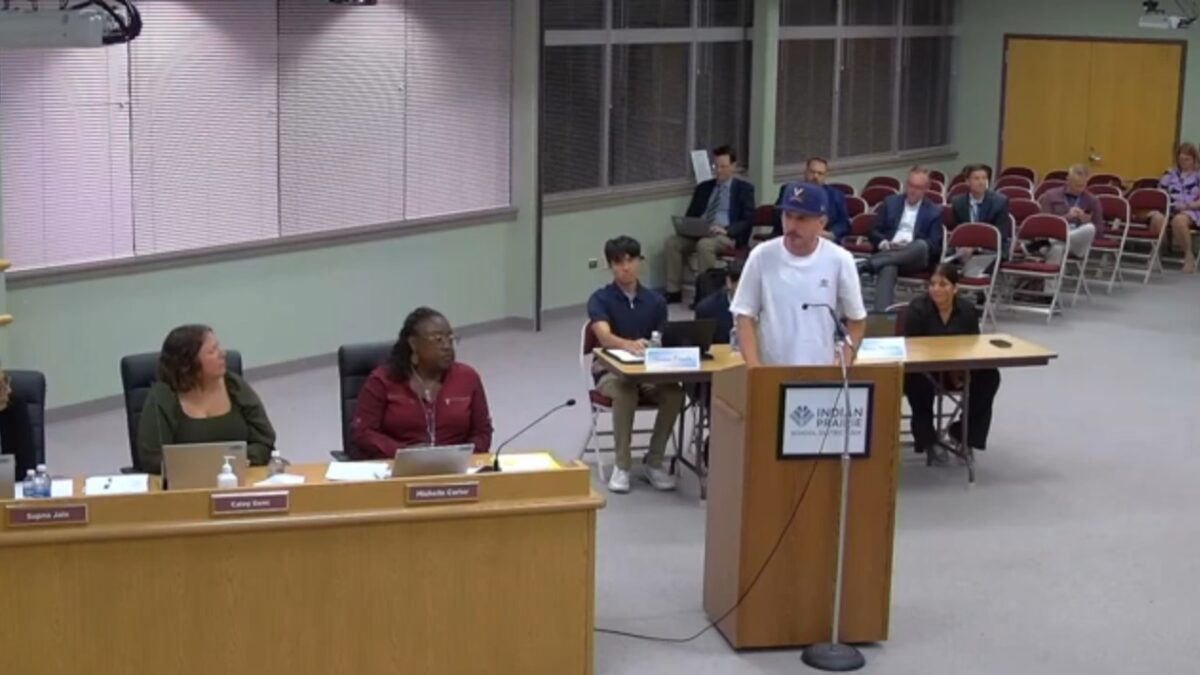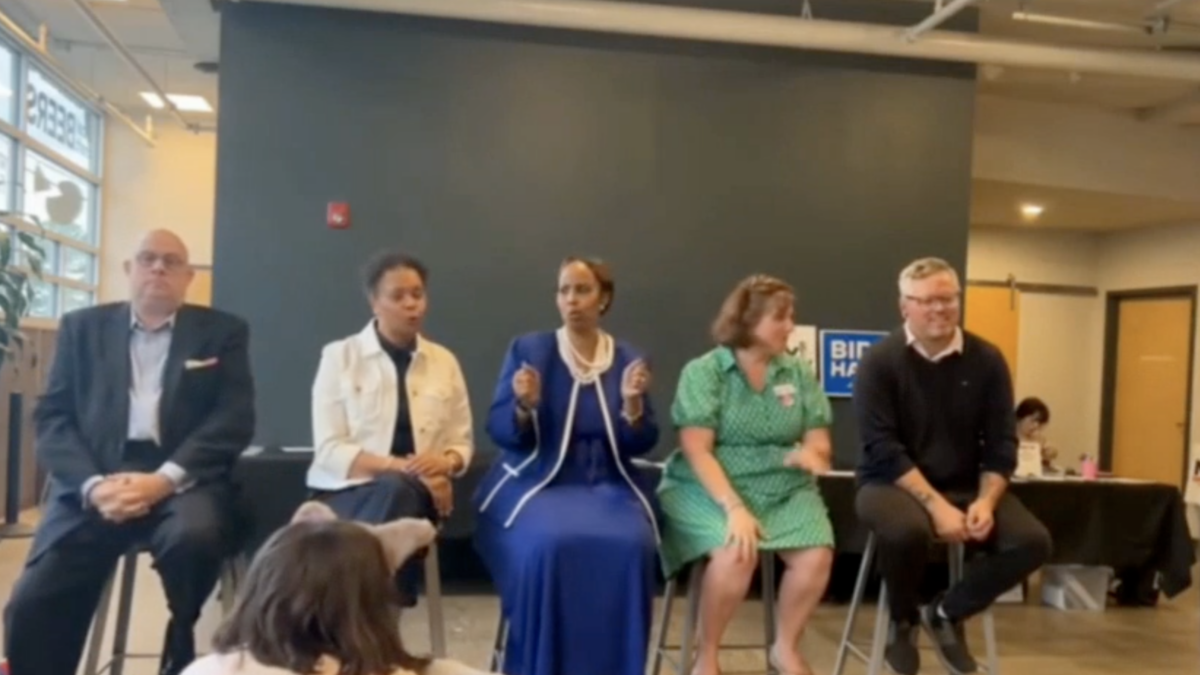
How can we improve America’s K-12 education? How can we hold schools accountable for their performance? Forget about hiring better-quality teachers, smaller class sizes, longer school days and more rigorous curriculum. North Carolina has been making poor-performing schools “great” again simply by inflating the grade scale.
State Democrat lawmakers are considering a bill that will make a permanent grade scale change for all state public schools. The Tar Heel State has been using a 15-point grade system, rather the traditional 10-point scale, to determine A to F school grades since 2015.
However, the 15-grade scale is set to revert to a 10-point scale at the end of the 2019 school year if no legal action is taken. That’s why Democrat lawmakers in the State Assembly are pushing for a bill to make the 15-point grade scale permanent.
Here’s how the 15-point grade scale works:
- A: 100 to 85 percent
- B: 84 to 70 percent
- C: 69 to 55 percent
- D: 54 to 40 percent
- F: Anything below 40 percent
Under this grade system, schools that used to be considered a failure if they scored between 40 to 60 percent would now be considered acceptable. The new grading scale was signed into law by former governor Pat McCrory in 2015. It was meant to be a temporary change. But I guess lowering standards to shield underperforming schools is too good to give up for some lawmakers.
What’s going on in NC is disheartening on so many levels. First, why do lawmakers feel there is a need for such a bill to begin with? How can they be so comfortable wasting taxpayers’ money and resources on something so silly? It’s amazing they would pretend this bill has something to do with improving the quality of education for students in their state. While they may fool themselves, such manipulation can’t hide the truth.
North Carolina public education has been on a downward trend. According to the National Center for Education Statistics, North Carolina eighth graders’ math proficiency rate was at 36 percent and their reading proficiency rate was at 33 percent for the 2012-2013 school year.
On the 2018 national education report card, which uses the traditional 10-point grading scale, North Carolina received a C grade for a score of 70.6 out of 100, which was below the national average C-grade score of 74.5. This put the Tar Heel State’s education outcome ranking at 40th in the nation. Rather than doing their job and trying to make meaningful changes that may actually improve education quality in North Carolina, what the lawmakers are about to do is utterly lazy and irresponsible.
Second, the 15-point grading scale would apply to school performance only. So sorry, kids. You must meet a more stringent standard than the adults teaching you. Should the bill pass, I wonder how teachers and school administrators could hold their students accountable when students see adults get an easy pass simply by lowering the bar for themselves. Shouldn’t adults lead by example? If mediocrity is the new excellence, why don’t we just hand out As to everyone so they can feel good about themselves?
While North Carolina’s national ranking is declining, North Carolina’s teachers have received eight pay raises in the last five years. Now they want lower standards, too. What’s happening in North Carolina is a symbol of what’s wrong with our education system. The whole system is set up to benefit adults—i.e., teachers’ unions—at the expense of students and future of our nation.
Every time a question about education is raised, teachers unions always complain that we haven’t spent enough money on K-12 education, even though the United States spends an average of $16,268 a year per student, well above the global average of $10,759.
After keeping throwing money at schools, what have we gotten in return? According to 2015 Program for International Student Assessment (PISA) results, the United States ranked an “unimpressive 38th out of 71 countries in math and 24th in science. Among the 35 members of the Organization for Economic Cooperation and Development, which sponsors the PISA initiative, the U.S. ranked 30th in math and 19th in science.”
No other country in the world has spent the kind of money we have on education with the kind of poor results we have received in return. I don’t have to cite any more statistics. Just stop by your neighborhood grocery store and see what happens when the register is broken and the young cashier can’t do simple arithmetic to figure out how much your change should be. Have you ever wondered why we have a high youth unemployment rate yet businesses face a persistent skilled labor shortage?
When teachers unions complain that not enough money is spent on education, they really mean that they need a bigger share of our education spending despite the poor education outcomes they are doing nothing to address. That’s why, all over the country, union-led teachers have been walking out of classrooms to strike for higher pay.
They say they are doing this for our children. But how can our children get any education when their teachers are out protesting? If the strike is really about better education outcomes, why do teachers’ unions oppose all the good ideas that may improve the quality of education, such as more stringent academic standards, longer school days, pay for performance, accountability, and competition?
Many Americans, including myself, want to see excellent teachers get as much pay as they can command. But teachers’ unions’ rejection of any meaningful education reform is perpetuating the sad outcomes of U.S. public education and condemning the most vulnerable children to life-long poverty.
This grade system change in North Carolina seems a desperate move by a bunch of adults to cover up their own failures. Hopefully, no other state will follow suit.
The only way American people can change education outcomes for our children is by showing up at the voting booth, rejecting the teachers’ unions and their allies, and supporting candidates who are willing to raise the bar and hold adults in the education system accountable and enact genuine school choice.









